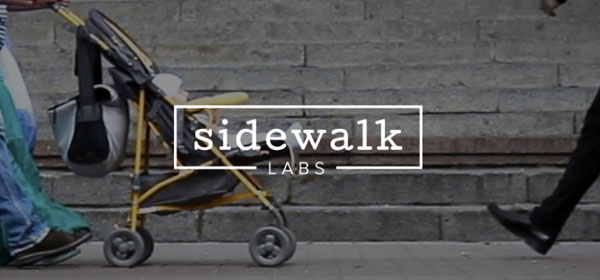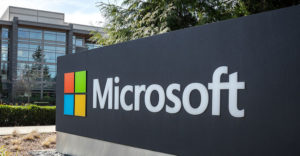The U.S.Department of Transportation last week announced a partnership with Alphabet subsidiarySidewalk Labs to help cities ease gridlock using Google’s vast array of technology and traffic data.
Sidewalk Labs will work with the seven finalists in the DoT’s Smart City Challenge on a plan to help ease congestion and improve mobility to disadvantaged communities under a program called “Flow,” Transportation Secretary Anthony Foxx said.
“Flow offers unprecedented city-wide transportation analytics to help cities understand congestion and identify areas underserved by transit, using aggregated, anonymized data from billions of miles of trips,” Foxx said.
The program will use anonymized smartphone data from billions of miles of trips, starting with Google’s Mobility Program, and sensor data from Link WiFi kiosks to create a real-time view of road and curb usage, according to Sidewalk Labs.
Peak Predicament
The company will analyze specific road segments to get information on congestion patterns, simulate the impact of new roads and transit routes, test new technologies using sensors, assess the impact of autonomous vehicles, adjust transit routes based on real-time ridership demand, route drivers to available parking and enable limited curb space for freight, car and bike sharing.
Cities around the world have used a variety of approaches to ease traffic congestion, noted Praveen Chandrasekar, mobility research manager at Frost & Sullivan.
London used congestion pricing to reduce traffic flow during peak hours, and Michael Bloomberg proposed a similar plan for New York when he was mayor.
“This has worked big time in congested cities like London, but there is the aspect of having a backbone public transit infrastructure as an alternative to residents,” Chandrasekar told TechNewsWorld.
Sao Paolo, Brazil, uses navigation apps like Waze, which is owned by Google, at a central traffic command center to crowdsource traffic flow data, he noted. Oregon is testing a system that would charge drivers based on the number of miles they drive, and some European cities are testing the concept of pay-how-you-drive insurance to create incentives to drive during off-peak times.
A Leap Forward
The program could be a huge leap forward for cities across the country, because traffic analysis historically has been ad hoc and provided limited amounts of data to accurately predict congestion patterns, said Paul Steely White, executive director atTransportation Alternatives.
“We’re really flying blind in terms of analyzing the congestion problem,” he told TechNewsWorld.
Alphabet is using the partnership as a way to leverage all the traffic data it has accumulated through Waze and other applications it owns. It also is building a high-speed Google Fiber network in Austin, Texas, which is one of the finalist cities, said Paul Teich, principal analyst atTirias Research.
Sidewalk Labs will install 100 WiFi kiosks in the winning city of the Smart City Challenge. The kiosks will help residents of disadvantaged neighborhoods get information about mobility.
“It will be nice to have access to traffic and transit information, but using the wireless Internet access as a byproduct of Sidewalk Labs will be a boon for low-income communities,” technology analystCraig Settles told TechNewsWorld.
For the Smart City Challenge, 78 midsize cities submitted ideas for creating a transportation network using data, technology and creativity. The finalists, announced earlier this month, are Austin; Columbus, Ohio; Denver; Kansas City, Missouri; Pittsburgh; Portland, Oregon; and San Francisco.
Show Me the Money
The finalists each have received $100,000 from DoT and have three months to come up with a proposal for easing congestion. DoT announced that Amazon Web Services would partner with those cities as well. It will award $1 million in credits for AWS Cloud Services and AWS Professional Services to the winner.
At least four other technology companies are partners in the competition.Mobileye will provide Mobileye Shield collision-avoidance sensors on buses in the winning city,Autodesk will provide the InfraWorks 360 modeling platform for engineering,NXP Semiconductors will provide wireless communication models for cars, and Paul Allen’sVulcan will provide $10 million to the winning city, said DoT spokesperson Jon Romano.
The winning city will receive $40 million from DoT, he told TechNewsWorld. The winner will be announced in June.






















































